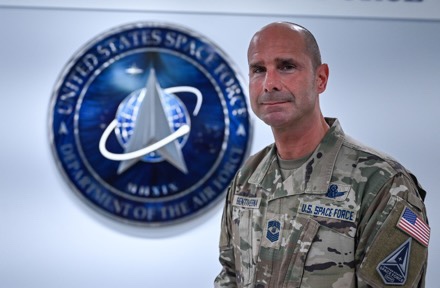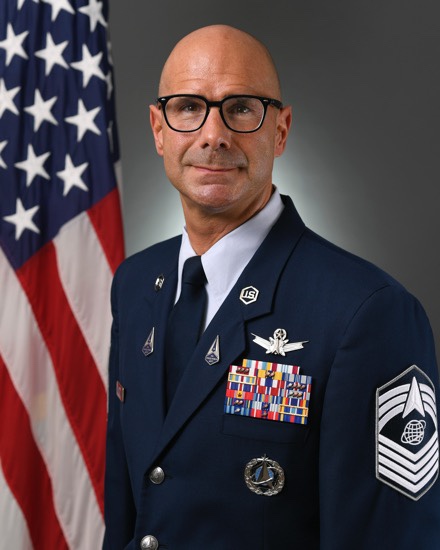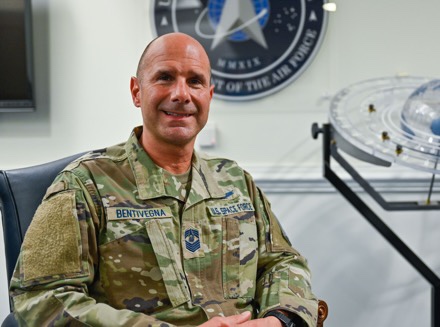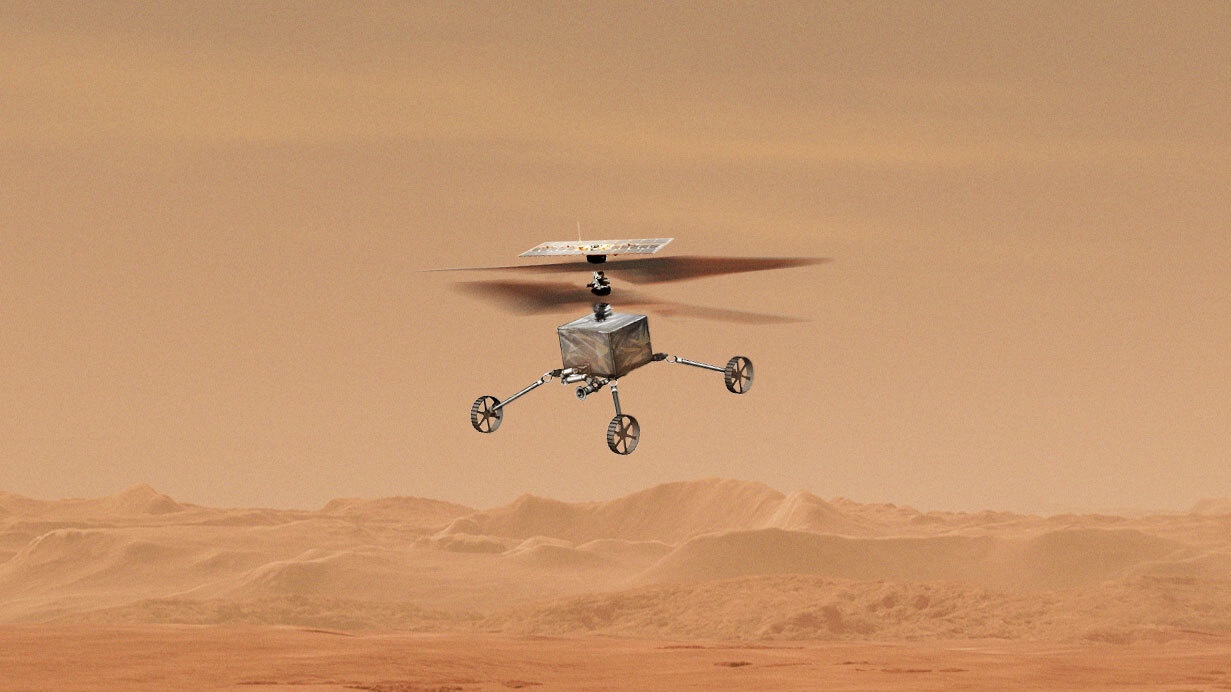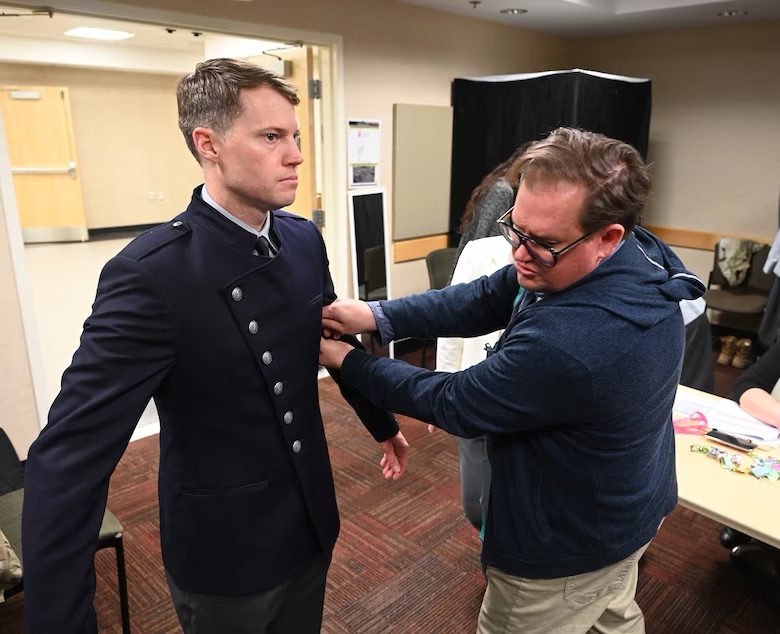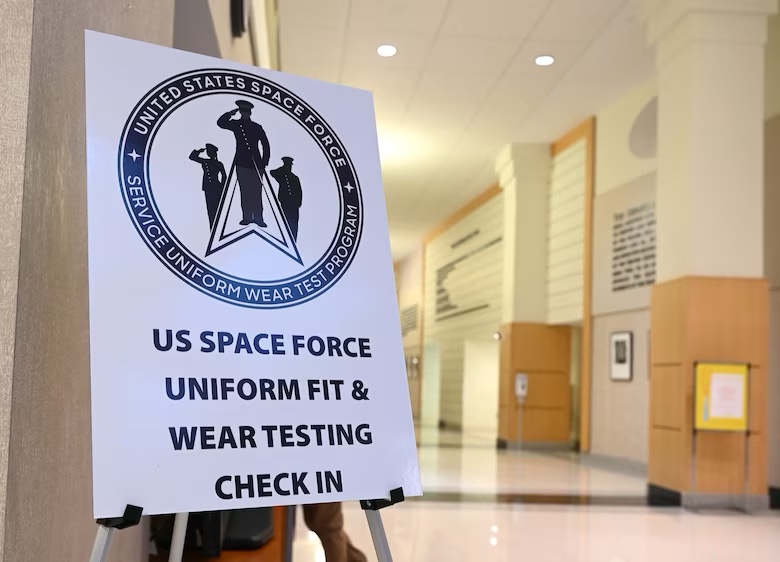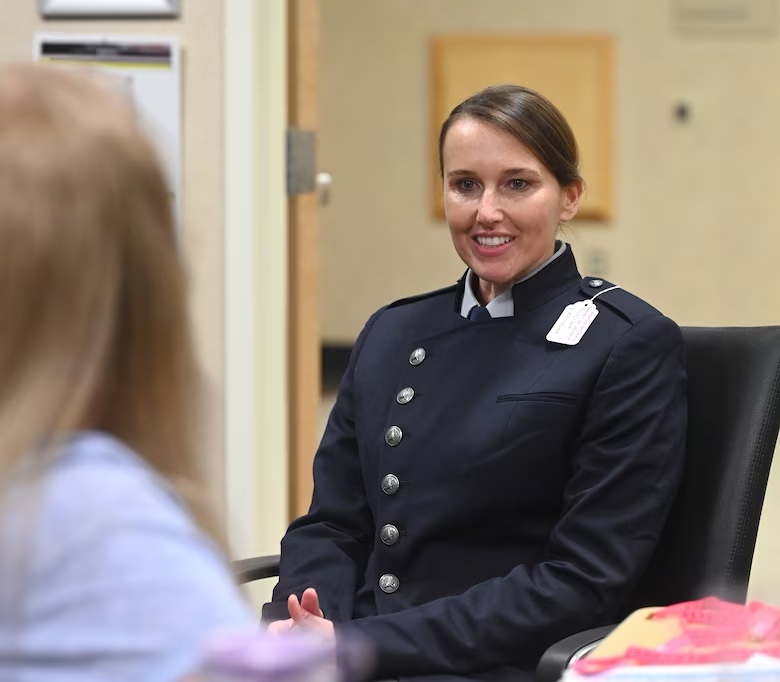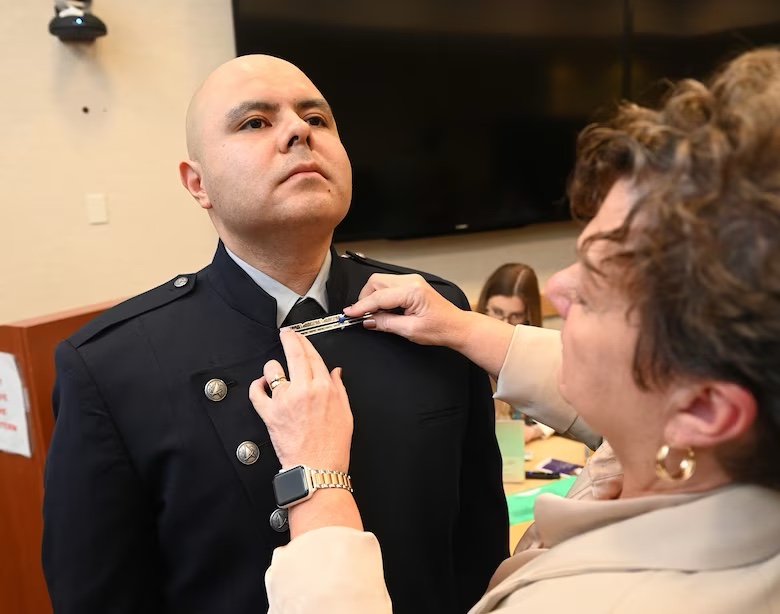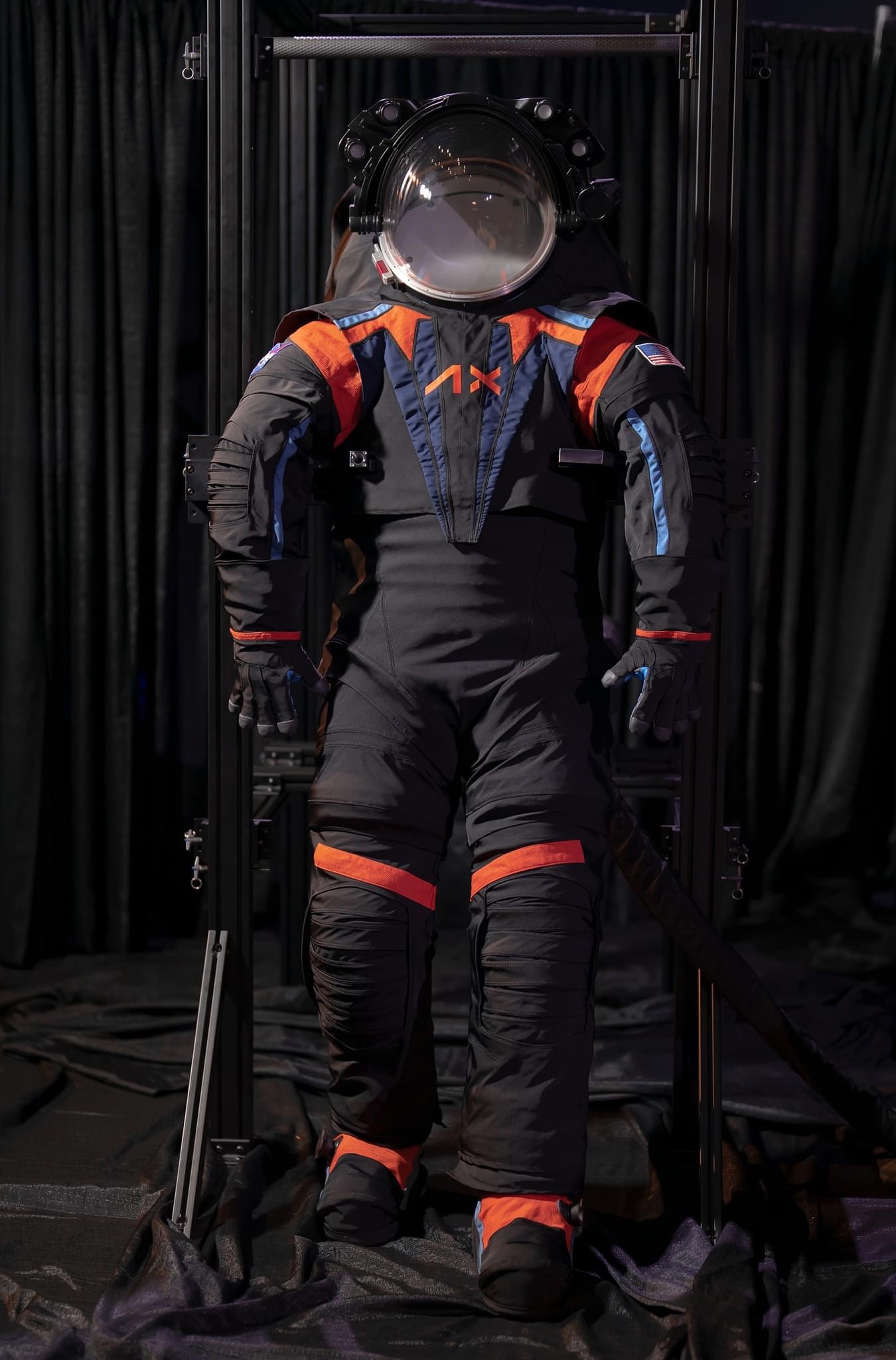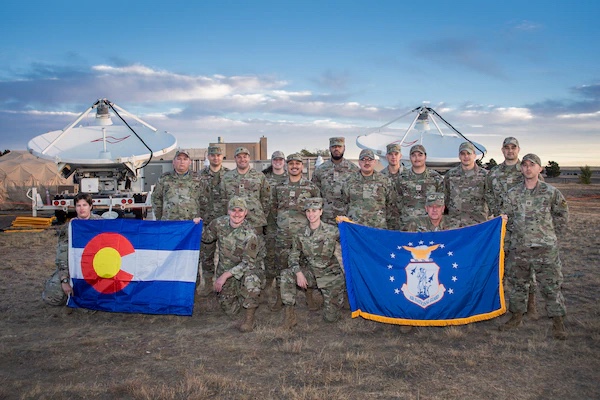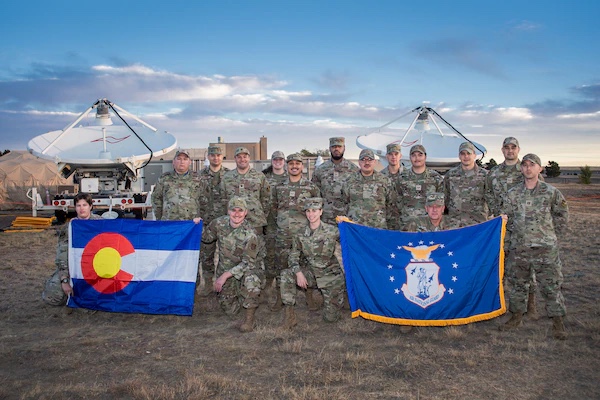WRIGHT-PATTERSON AIR FORCE BASE, OHIO (AFRL) — The Air Force Research Laboratory, or AFRL, partnered with Luminous Cyber Corp. to develop a more resilient alternative to GPS for regions where coverage is not as reliable or where there is a risk of interference or jamming by malicious actors. Luminous develops alternative-position navigation and timing, or A-PNT solutions for navigation of crewed and uncrewed orbital, avionic, marine and mounted land-based systems.
Luminous submitted their in-theater GPS alternative through the Air and Space Force Tech Connect website, which helps entities from industry, small business and academia gain access to relevant Air and Space Force subject matter experts to provide opportunities to develop new technologies relevant to the U.S. military.
“The submission provides an alternative to GPS along with ultra-wideband secure communications links, an integrated capability needed by our warfighters,” said Dr. Nicholaos I. Limberopoulos, integration lead, aerospace components and subsystems technology at AFRL’s Sensors Directorate. “The submission met the needs for developing a needed integrated capability.”
Collaborating through the Tech Connect website, AFRL’s Sensors Directorate worked with Luminous Cyber to adapt their commercially available Location Information Service, or LIS, platform to provide resilient real-time geolocation and time synchronization information to warfighters in GPS-denied environments.
“We found out about the Tech Connect website through Aegis Creek, a team who specializes in helping small tech companies leverage non-dilutive funding to effectively bring ideas to market,” said Dr. Charles Barry, founder and CEO of Luminous Cyber Corp. “There are a large number of different ways to engage with Air Force and Space Force technical stakeholders. Tech Connect is one of the easiest and most responsive, and it’s well worth the effort.”
Strong collaboration with Tech Connect is key for continuous access to new technology ideas from industry and academia. The Tech Connect program has been a huge success, according to Limberopoulos.
Luminous Cyber sought to adapt their commercially available LIS platform, using their real-time network multilateration technology to include providing geolocation and synchronization data for fixed and mobile airborne Air Force assets in locations where GPS is less reliable because of the danger of outages, jamming, space weather impacts and geographical obstructions. Adapting an already commercially available option to work within the Air Force’s requirements also helped to provide a lower-cost solution than developing one from scratch.
“Luminous’ solution combines advanced algorithms, AI, machine learning and multi-sensor data fusion to provide the utmost in accuracy, safety and reliability,” said Barry. “Given the increasing reliance on GPS and the wide availability of inexpensive tools to jam, spoof and obstruct GPS transmissions, robust A-PNT tools are in high demand.”
According to Luminous, a clear and present danger exists to government and military assets in areas where GPS is not as dependable due to the dependence on GPS for A-PNT, data. Their LIS platform intends to provide an alternative to GPS in areas where signals are less reliable.
Luminous Cyber submitted the idea through the Tech Connect program in May 2021. After initial contact and determining that the proposal had merit, the AFRL Sensors Directorate reached out to Luminous Cyber and the Florida International University o proceed with further development.
“[Tech Connect] gives us confidence that no good ideas are rejected and that those considered and brought forth to us have a good chance of meeting our integrated capability development requirements and making a real difference to the warfighter,” said Limberopoulos.
After further development, Luminous Cyber was selected and funded and underwent a successful transition to a Small Business Innovation Research/Small Business Technology Transfer Phase II with a project kick-off in June 2022.
“Our experience with the Air Force has been quite positive and helped us drive our technology from ideation to product,” said Barry. “A-PNT is crucial to the future of shipping and transportation because of the rise of technologies that can interfere with GPS.”
Jeremy Dunn Air Force Research Laboratory Public Affairs


